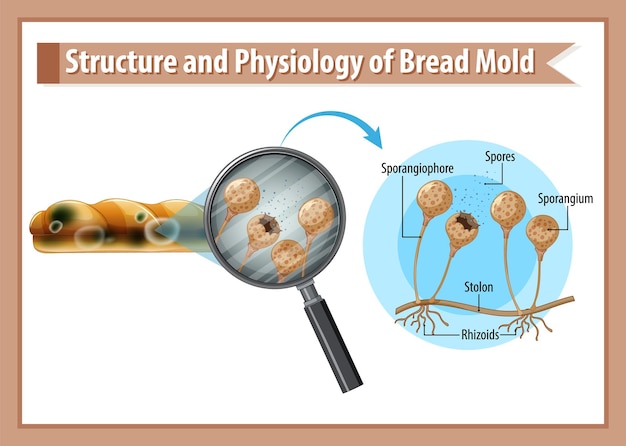Crust Facts – Exploring the Secrets of Earth’s Outermost Layer

Crust facts: Did you know that the Earth’s crust is made up of rocks?
The crust is the outermost layer of the Earth. Fascinating, isn’t it?
The crust is divided into continental and oceanic crusts. Talk about diversity!
Did you know that the thickness of the Earth’s crust varies from 5 to 70 kilometers?
Crust facts: The continental crust is thicker than the oceanic crust. Interesting, right?
The Earth’s crust is constantly changing due to plate tectonics. How cool is that?
Crust facts: The largest tectonic plates are the Eurasian and North American plates.
The Earth’s crust is not one solid piece but is divided into several plates. Mind-blowing, huh?
The crust is the only layer that we can directly interact with. It’s literally beneath our feet!
Do you know that the Earth’s crust is much thinner compared to the other layers?
Crust facts: The thickest part of the crust is found beneath the continents.
The crust is crucial for supporting all life forms, as it provides nutrients and resources.
Without the Earth’s crust, we would not have mountains, valleys, or even landforms.
Crust facts: The Earth’s crust is almost 3 billion years older than the core.
The movement of tectonic plates in the crust leads to earthquakes and volcanic activity.
Did you know that the crust also contains valuable minerals and resources?
Crust Facts – Exploring the Secrets of Earth’s Outermost Layer part 2
Crust facts: The oldest known rocks on Earth are found in the continental crust.
The Earth’s crust is constantly recycled through subduction and volcanic activity.
Crust facts: The thinnest part of the crust is found beneath the oceanic trenches.
Without the crust, there would be no continents, just a vast ocean planet.
Crust facts: The Earth’s crust is composed mainly of oxygen, silicon, aluminum, and iron.
The Earth’s crust is a puzzle piece that fits perfectly together to form our planet.
Did you know that the thickness of the crust varies depending on location and geology?
Crust facts: The continental crust is made up of lighter rocks compared to the oceanic crust.
The Earth’s crust is like a protective shell that shields us from the deep interior.
Crust facts: The crust is divided into multiple smaller plates that constantly move.
The Earth’s crust is not static but is always in motion, even though we can’t feel it.
Did you know that the thickness of the crust is less than one percent of the Earth’s total volume?
Crust facts: The oldest continental rocks date back over 4 billion years.
The Earth’s crust is a reminder of its dynamic nature and constant change.
Crust facts: The crust is where all earthquakes and volcanic eruptions occur.
Without the crust, there would be no soil for plants to grow, leading to a lack of food.
The Earth’s crust is a canvas on which nature paints its landscapes.
Crust facts: The crust is made up of both solid and semi-solid materials.
The Earth’s crust is like the outer skin of our planet, protecting the inner layers.
Did you know that the crust is thickest beneath the tallest mountain ranges?
Crust facts: The thinnest part of the crust is found beneath the mid-ocean ridges.
The Earth’s crust is a testament to the power and forces that have shaped our planet.
Crust facts: The crust is the layer that we are most familiar with, but its depths still hold mysteries.
Without the Earth’s crust, there would be no beautiful landscapes or breathtaking sceneries.
The crust is a constantly evolving layer, shaping the geography of our planet.
Crust facts: The Earth’s crust is solid enough for us to build structures and explore.
The Earth’s crust is a reminder of the incredible forces at work beneath our feet.
Did you know that the crust varies in thickness between different regions and continents?
Crust facts: The crust is a vital foundation for life on Earth.